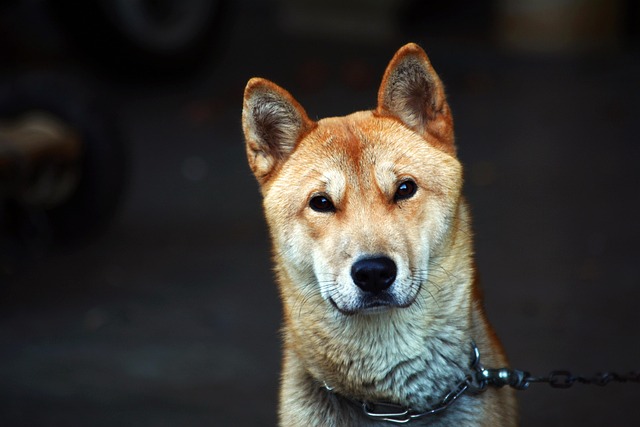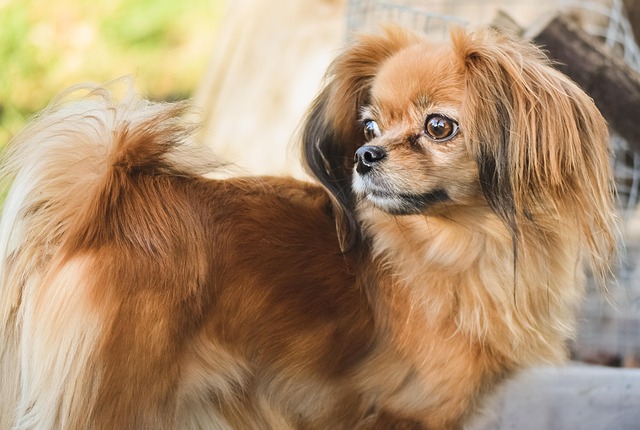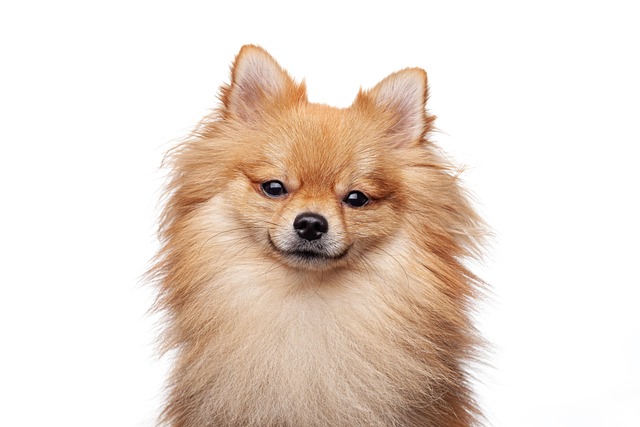
How do dogs get hookworms?
Most dogs pick up hookworms without their owners even noticing—often during a casual walk in the park or a romp in the backyard.
Many dog owners notice their pups turn away from kibble after dental work—those sharp little teeth used to crunch now hurt, and even licking can feel uncomfortable. The right soft food eases this pain while making sure your dog gets the calories and nutrients they need to heal. Rushing back to hard food can irritate stitches or cause bleeding, so taking time to pick a gentle option matters more than you might think.
Veterinarian-recommended commercial soft foods are a safe bet here, especially ones formulated for post-surgical recovery. Look for brands that meet US AAFCO standards or align with the EU Pet Food Regulation—these labels mean the food is balanced, free from harmful additives, and won’t upset healing gums. Options like Hill’s Prescription Diet a/d or Royal Canin Veterinary Diet Gastrointestinal Low Fat are popular because they’re smooth, easy to swallow, and packed with protein to repair tissue.
If you prefer homemade soft food, stick to simple, dog-safe ingredients to avoid issues. Cooked lean chicken or turkey minced into small pieces, mixed with mashed sweet potato or pumpkin, works well—both are gentle on teeth and rich in fiber. Skip onions, garlic, or excessive salt; these are toxic to dogs and can also violate local animal welfare guidelines if they lead to illness. Always check with your vet first, too—they’ll make sure your recipe hits the right nutrient levels.
 Local laws matter here, too. In places like California or Germany, animal welfare laws require pet owners to provide food that supports their pet’s health during recovery. Feeding a low-quality soft food that lacks nutrients could be seen as neglect, so compliance isn’t just about following rules—it’s about doing right by your pup. Your vet can also give you guidelines on portion sizes to avoid overfeeding, which is another key part of staying within responsible pet ownership standards.
Local laws matter here, too. In places like California or Germany, animal welfare laws require pet owners to provide food that supports their pet’s health during recovery. Feeding a low-quality soft food that lacks nutrients could be seen as neglect, so compliance isn’t just about following rules—it’s about doing right by your pup. Your vet can also give you guidelines on portion sizes to avoid overfeeding, which is another key part of staying within responsible pet ownership standards.
Small behavioral tweaks help, too. Use shallow bowls to let your dog eat without stretching their jaw too much—this reduces stress, a key part of animal behavior principles for recovery. Try warming the soft food slightly to bring out the smell; dogs rely on scent to eat, and this trick can encourage picky eaters to take a bite. Most vets suggest sticking to soft food for 7-10 days, but always follow their timeline based on your dog’s specific surgery.
Choosing the right soft food after dental surgery blends comfort, nutrition, and compliance. Whether you go with a vet-approved commercial brand or a simple homemade mix, the goal is to help your dog eat easily while following local laws and vet advice. Before you know it, your pup will be back to crunching their favorite kibble—until then, these gentle meals will keep them happy and on track to heal.

Most dogs pick up hookworms without their owners even noticing—often during a casual walk in the park or a romp in the backyard.

If you’re a new dog parent in the US—maybe you just adopted a fluffy Lab puppy or a sweet senior Poodle—you’ve probably noticed little things like bad breath or red gums and wondered

If you’re a new dog parent in the US—say, you just brought home a wiggly Golden Retriever puppy or a calm senior Chihuahua—you’ve probably stared at the

Pomeranians are tiny balls of energy—but those fluffy coats can hide extra pounds that creep on fast, especially if they’re spoiled with too many treats or short walks.

Most German Shepherd owners agree the trickiest phase hits between 6 and 18 months—this is when your cute pup turns into a rebellious teen.

Watching your dog zoom around the living room at 8 PM, knocking over cushions and ignoring your calls, can leave you feeling frustrated—especially when you just want to wind down.